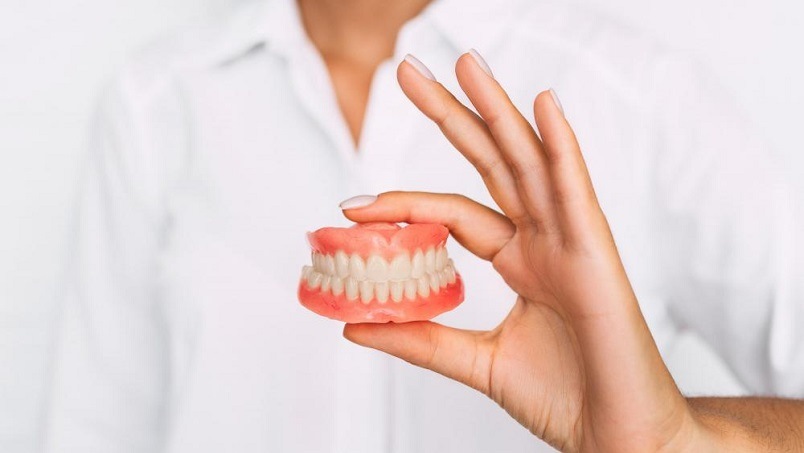Everyone wants to look their best, and one of the features that contribute to us looking good is our teeth. The cleaner, brighter, and whiter they are, the more our smile beams, but unfortunately, not everyone’s teeth are whiter than white. Many people suffer from tooth discolouration, and their proper course of action is to visit their Perth dentist to ask that they whiten their teeth professionally.
In most cases this would be the recommended way to whiten teeth, however, it cannot have escaped your notice that there are also numerous DIY teeth whitening solutions available. These come in several forms such as whitening toothpaste, whitening powder, whitening strips as well as a whole raft of homemade recipes which it is claimed can whiten teeth ‘naturally’.
Let us state here that many people use these teeth whitening options and have had good results with no side effects or secondary issues. However, that is not the case for everyone. Teeth whitening done on a DIY basis does not always produce the desired result, and worse, it can lead to other issues. Below are some examples of how DIY tooth whitening can go wrong.
Hydrogen Peroxide And Bicarbonate
Many branded DIY tooth whitening products such as toothpaste and whitening kits use these ingredients. If used correctly, they may work, but unfortunately, too many people overuse them and this can actually harm teeth, rather than restore their colour. In particular, the abrasive nature of bicarbonate of soda has been shown to damage the enamel on teeth, and if your enamel starts wearing, your teeth not only discolour further but are also at risk of other dental issues.
Whitening Pens
If you did not know it, you should be aware some people whiten their teeth using much the same action as they would writing a letter with a pen. The effect of whitening pens is very minimal and temporary due to the levels of hydrogen peroxide in them being limited due to health and safety regulations. The risk they pose in terms of irritating gums and sensitive teeth makes their benefit questionable.
Whitening Strips
Being easy to find and extremely inexpensive has made whitening strips popular amongst those with discoloured teeth. Again, if used correctly they can work, but the problems arise when their use is excessive. Excessive use of whitening strips can increase the sensitivity of teeth and can also lead to white spots appearing on the gums, which, if visible, negates the whole process of trying to make your smile look good.
Activated Charcoal
The idea of smearing charcoal on your teeth might seem like the last thing which would make them whiter, but that is how it works. People do have positive results, but the abrasiveness of some products creates a risk to your teeth. Diminished enamel and tooth erosion are two problems that studies into the use of activated charcoal have found.
Risks Of Swallowing
Whilst we do not expect anyone to be stupid enough to deliberately swallow a DIY tooth whitening product, it can happen accidentally. Specifically, once the product has been applied to your teeth, the risk of some loosening and you inadvertently swallowing it is real. Incidents of users burning their throat and stomach are real, and in some of the worst cases, users of tooth whitening products have had to be rushed to the hospital.

